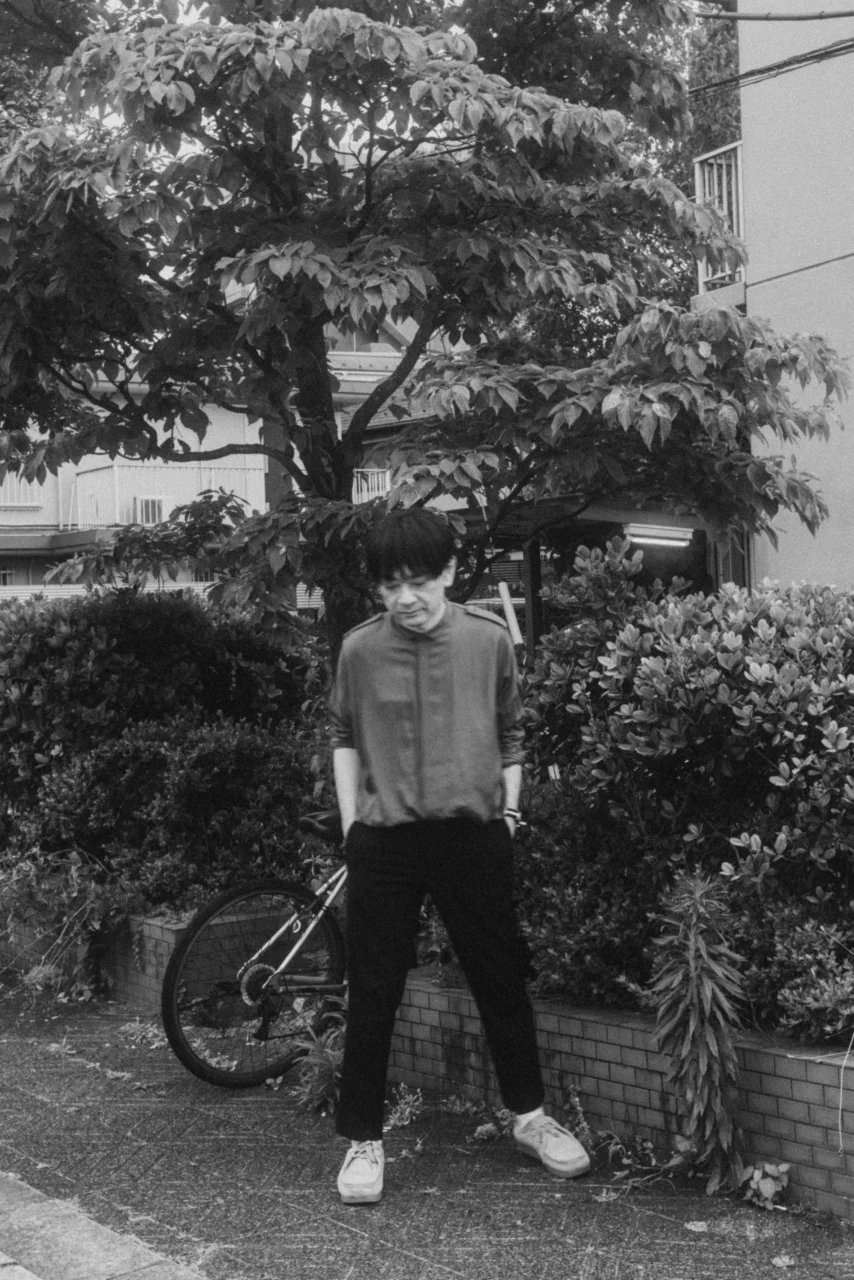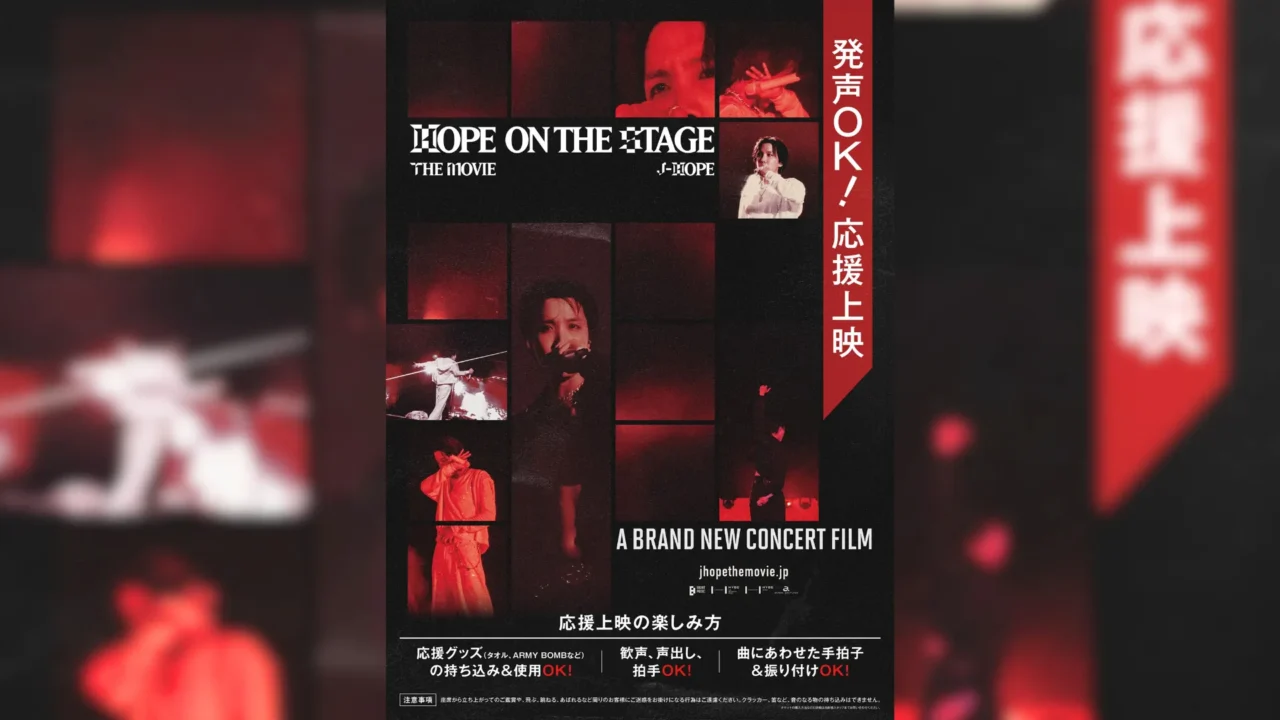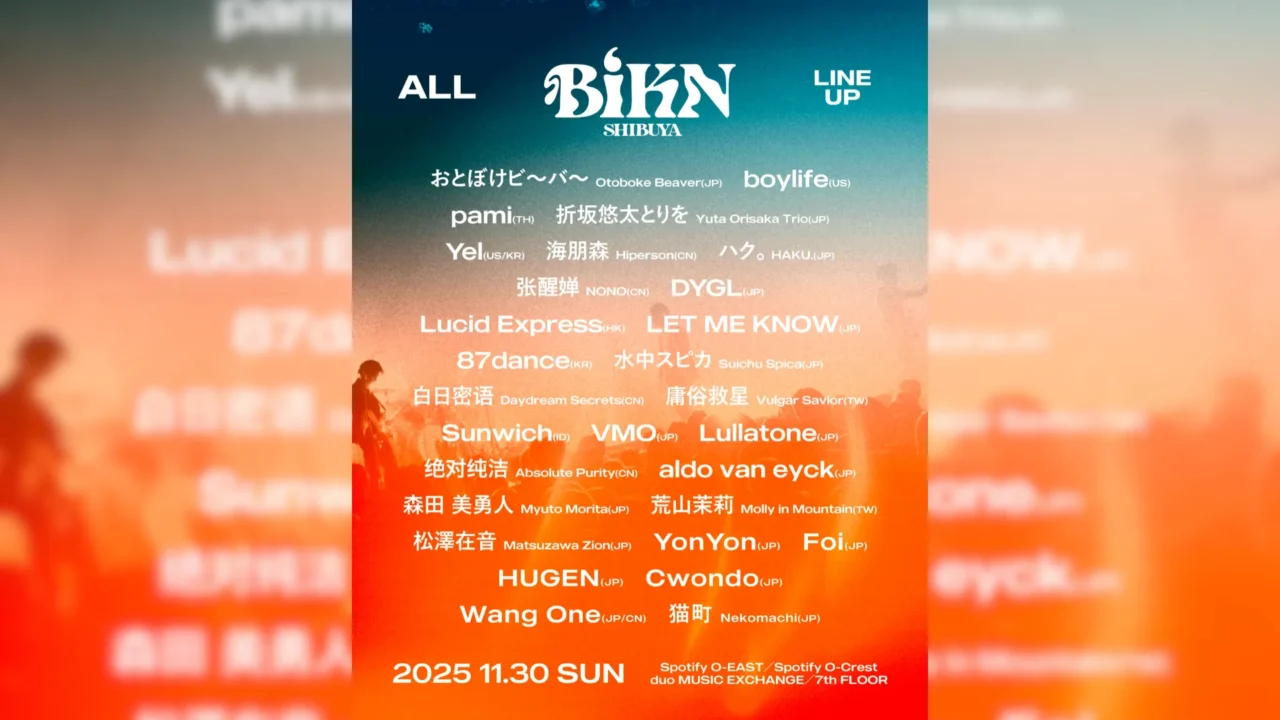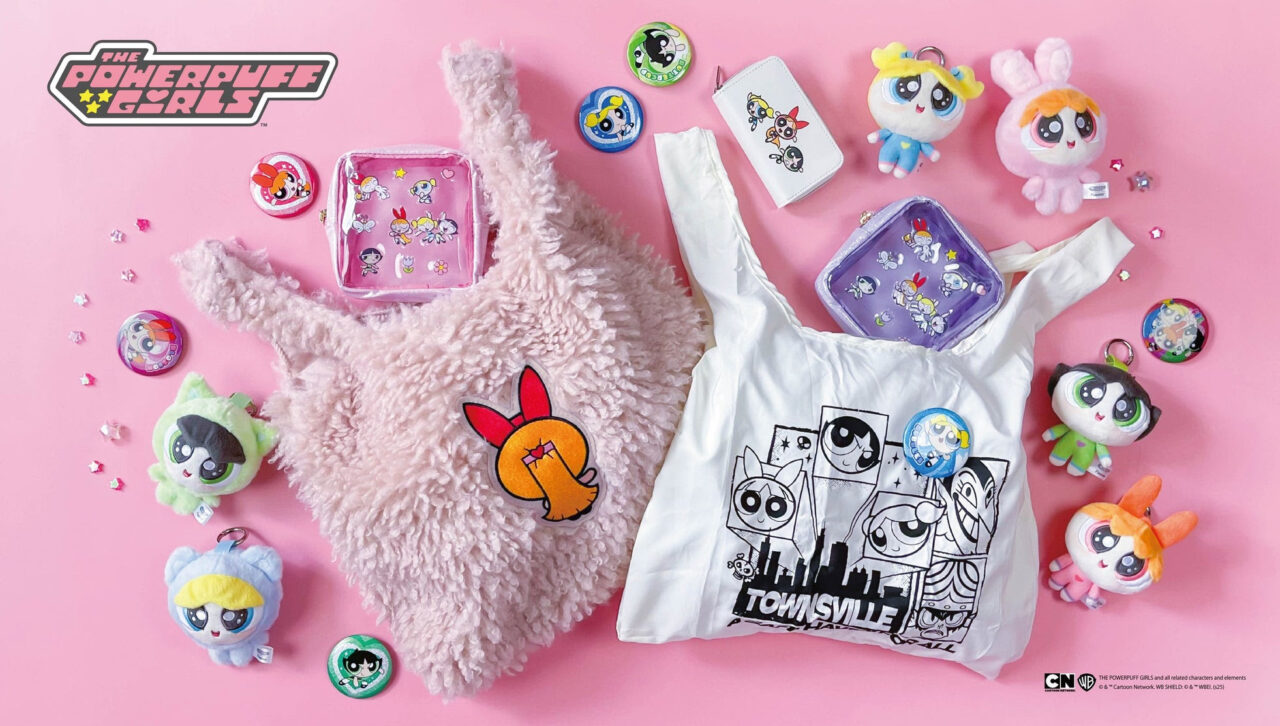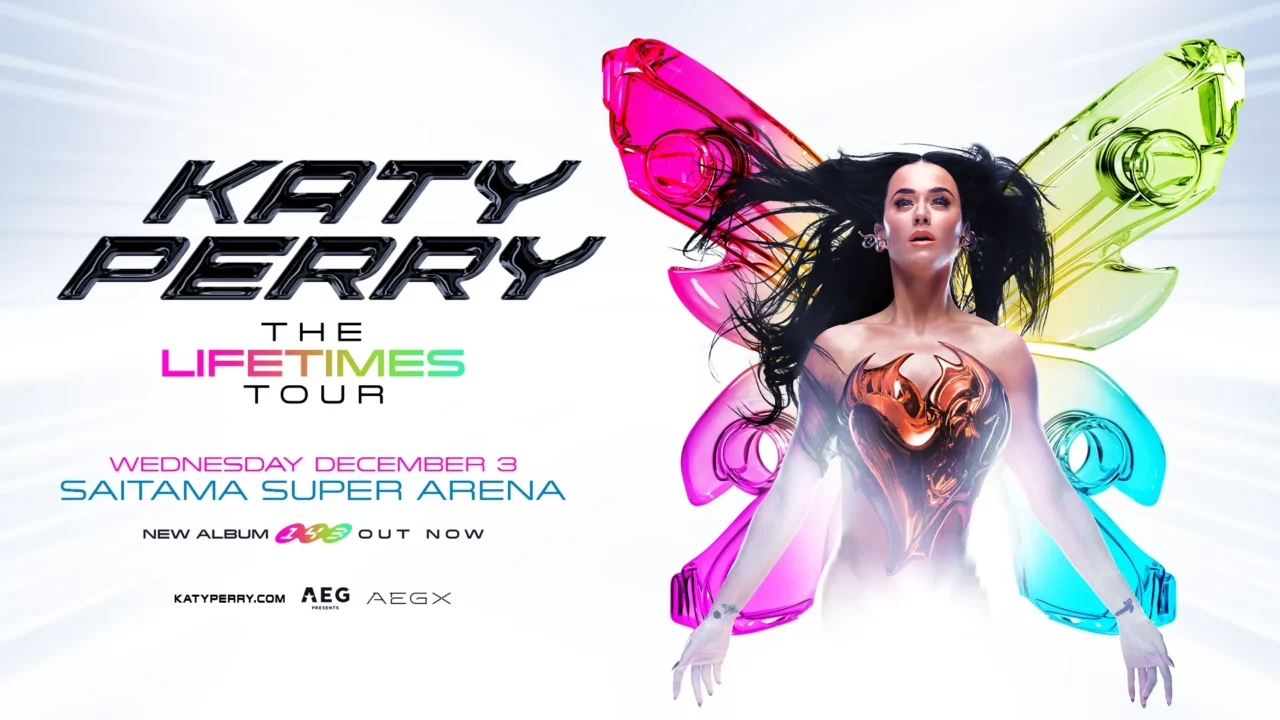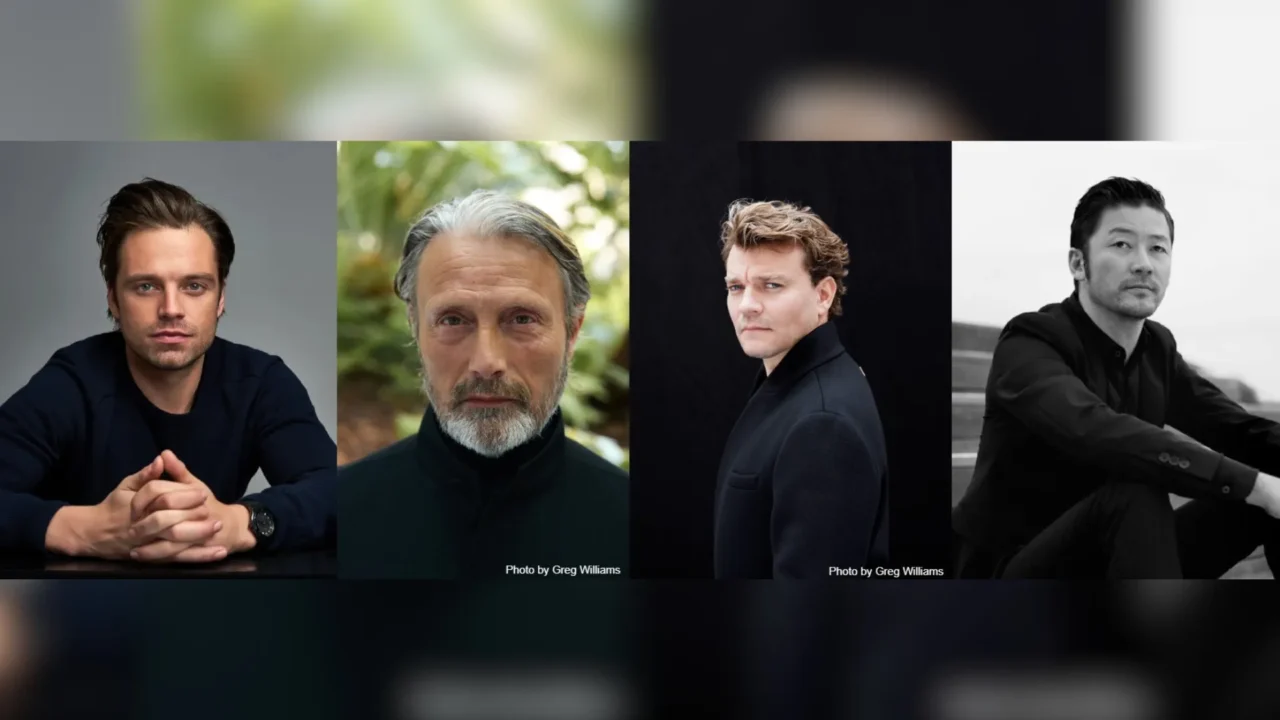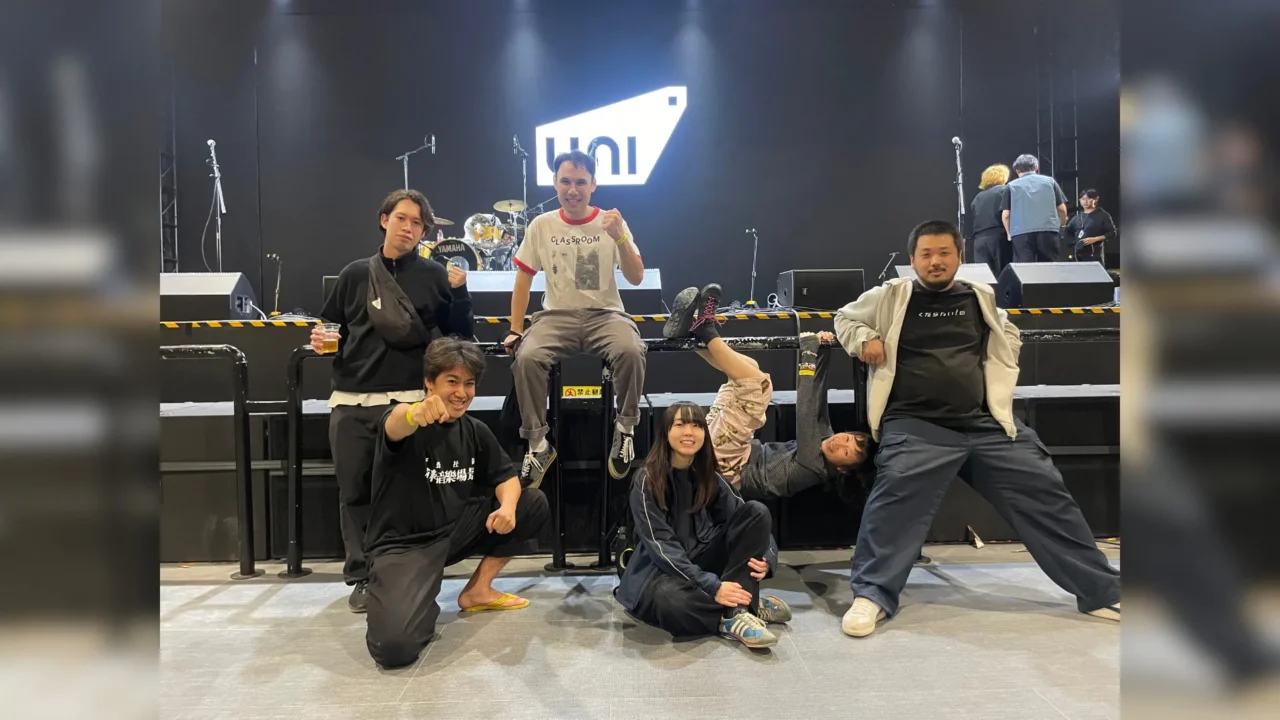Recently released compilation of Cornelius’ ambient tracks titled “Ethereal Essence.” When discussing the announcement of its release, there was a surprising revelation.
Considering his albums like “夢中夢 -Dream In Dream” (2023), which explores ambient pop, his participation in “AMBIENT KYOTO 2023,” and the recent revival of ambient music, it might seem like a natural progression. However, Cornelius has maintained a cautious distance from ambient music.
In this article, we delve into how Cornelius, or Keigo Oyamada, has embraced ambient music and integrated its aesthetics into his unique sound design, influenced by minimal music. The interview, conducted with the former editor-in-chief of ‘STUDIO VOICE,’ Masato Matsumura, as the interviewer, was conducted in a relaxed atmosphere, following a discussion about their mutual friend, Masaya Nakahara.
INDEX
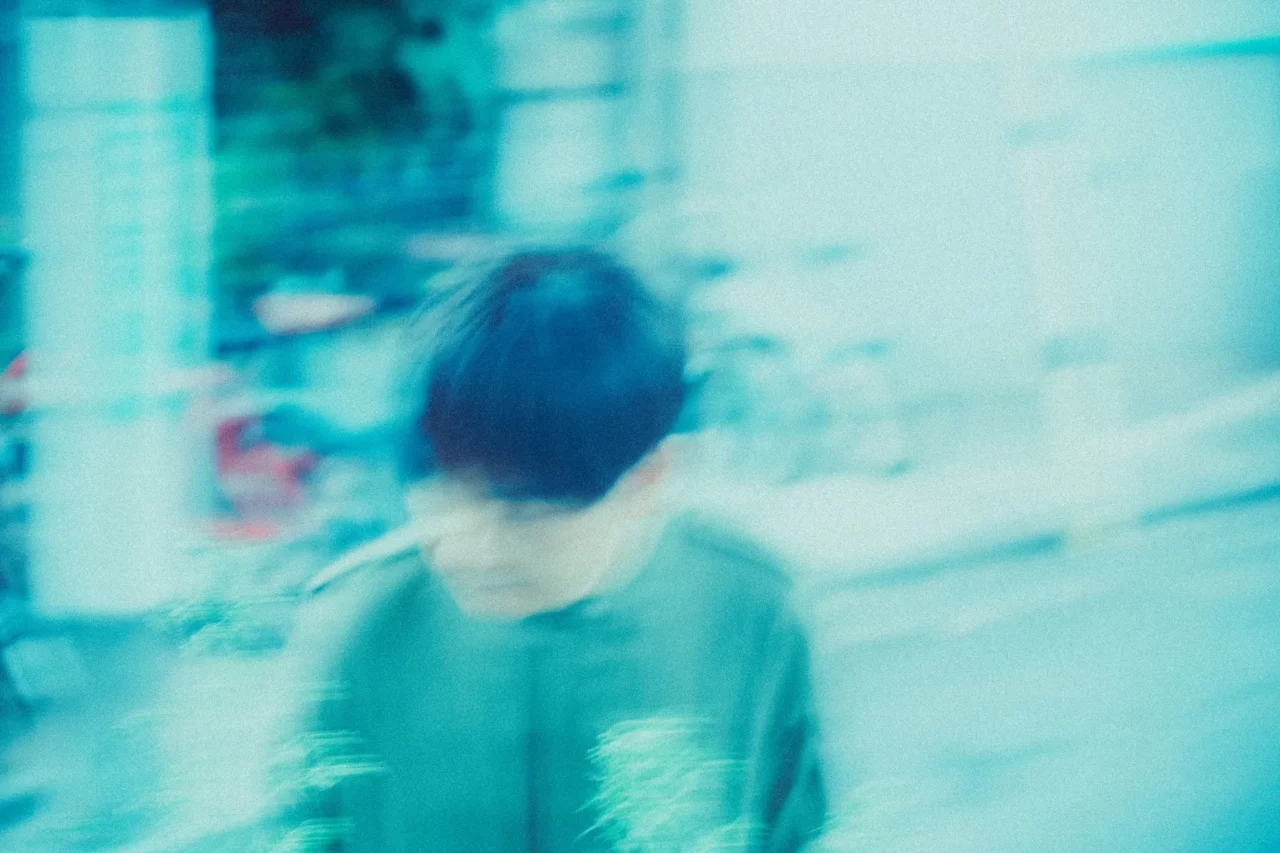
Born in Tokyo in 1969. Made debut in 1989 as a member of Flipper’s Guitar. After the band disbanded, started solo career as Cornelius in 1993. In June 2023, released 7th original album “夢中夢 -Dream In Dream-“. Participated in “AMBIENT KYOTO 2023” from October of the same year, releasing cassette work “Selected Ambient Works 00-23”. Celebrated 30th anniversary in 2024, releasing compilation “Ethereal Essence” centered around recent ambient-influenced works. Actively engages in collaborations, remixes, and productions with numerous artists both domestically and internationally.
Exploring Cornelius’ Approach to Ambient Music
-How did you come to produce ambient music as Cornelius?
Oyamada: We often created ambient music for corporate commercials, music for commercial facilities, TV-related music such as “Design Ah”, and web advertisements. In those occasions, there was visual information such as images, so there was no need to use music to explain the situation, and I really made it as background music.
-The cassettes on sale at “AMBIENT KYOTO 2023” included music from “POINT” (2001) onward, but do you have a clear sense of what came before or after “POINT”? Do you have a clear sense of what came before or after “POINT”?
Oyamada: Yes, I do. After “POINT,” I changed my basic style from time to time.
-I think you have changed little by little from there. POINT” and “SENSUOUS” (2006) are different, and “Mellow Waves” (2017) is totally different. The changes are a result of the feelings you had when you were making each one, right?
Oyamada: It could be the time period or my own situation.
-It depends on the time period and your own situation.
Oyamada: I feel like I’m always slightly aware of it.
-I feel that I have always had a slight sense of ambient sounds and minimalism in my music.
Oyamada: Well, you know… I think things like “serenity,” and also, the resonance of sound, the texture of the sound are important. With ambient music, it feels like texture comes to the forefront more than melody or rhythm. Even though this time I’ve compiled my ambient-like tracks, being originally a pop-oriented person, I still feel like the structure tends to be pop-like as I create it.
–Do you have much self-awareness that you are making ambient music?
Oyamada: I don’t think it is pure ambient music.
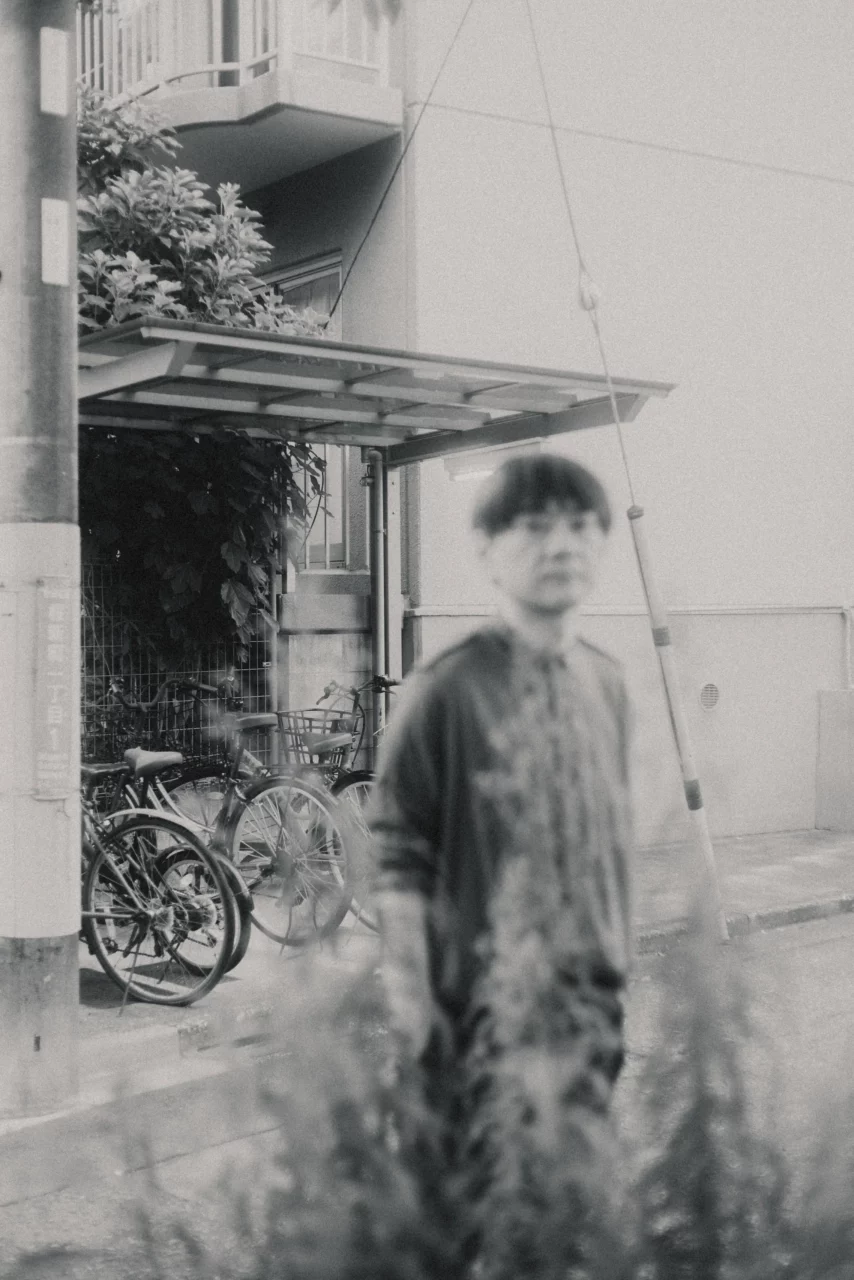
INDEX
Keigo Oyamada with Environmental Music, Ambient House and New Age Revival
-What did you think of ambient music before this?
Oyamada: First of all, Brian Eno, right?
– “Ambient 1: Music for Airports” (1978), the starting point. When did you first hear it?
Oyamada: I was in my mid-20s when I heard “Ambient 1: Music for Airports” by Eno.
-Were you conscious of so-called “environmental music” in this “Ethereal Essence”?
Oyamada: I knew and listened to Hiroshi Yoshimura with “Kankyō Ongaku.
-The title of “Kankyō Ongaku” is in Japanese, but I sense a foreign perspective in your sense of song selection.
Oyamada: It might be. When I was in junior high or high school, I used to listen to Penguin Cafe Orchestra, and back then, they were called “environmental music,” right?
-Yes, they were.*
Oyamada: That was the image of the Saison Group, and also Haruomi Hosono’s “Hana ni Mizu” (Water for Flowers) at MUJI, and in the 1980s, Erik Satie was a bit popular, and there was a world and ambient section on the first floor of Roppongi WAVE, and that kind of thing.
In “Wave Notation: What is Environmental Music? Satoshi Ashikawa, a musician featured in “Kankyō Ongaku,” describes his “wave notation” as an extension of Erik Satie’s “furniture music” and Brian Eno’s “ambient series,” and describes his concept as “the whole of what I am trying to do is, in a large sense, ‘sound The whole thing I’m trying to do can be called ‘sound design’ in the larger sense of the word. Sound design” means creating an environment that emphasizes the relationship between humans and sound/music” (quoted on p. 24).
-Did you also listen to minimal music back then?
Oyamada: No, I didn’t listen to it. But back in the New Wave era, there were things like “Les Disques Du Crépuscule” that had elements close to minimal music, so I listened to those. In the vein of “Obscure Records,*” there were artists like Michael Nyman and also Wim Mertens. The Durutti Column, although not called ambient back then, has a vibe that feels somewhat similar if you think about it now.
※ It was a label founded by Brian Eno. They released works such as Brian Eno’s “Discreet Music” (1975), David Toop and Max Eastley’s “New and Rediscovered Musical Instruments” (1975), and works by Gavin Bryars, Michael Nyman, Penguin Cafe Orchestra, Harold Budd, among others.
-So it was that kind of listening experience that nurtured your view of ambient music.
Oyamada: When I was in junior high school and high school, I liked new wave and punk music in real time or a little before, and I listened to what Cocteau Twins did with Harold Budd.
The ambient boom in the 1990s was centered on club music like The Orb and The KLF, but there was also a lot of ambient music like Julie Cruz and “Twin Peaks” that I liked. I think the ambient music of the 1990s was mainly club music like The Orb or The KLF, but I also felt that the cold, reverb-heavy, spacey, dream-pop sound of Julie Cruise or Twin Peaks was in sync with the ambient music of the time.
-The title of your cassette is based on Aphex Twin’s “Selected Ambient Works 85-92,” which was released in 1992.
Oyamada: There are beats in it, too. There was a strong influence of house music and rave culture at that time, and the ambient revival of the 1990s like “Chill Out” (1990) by The KLF, which was about “dancing till morning and chillin’ out,” and the environmental music of the 1980s were in completely different places. The 1980s was a little more relaxed.
-Did you have the same feeling as you just analyzed?
Oyamada: I think it was because of the passage of time. I was listening to many other things at the time.
-Ambient music also has a different taste, from the environmental music of the 80s to the club culture of the 90s represented by Aphex Twin, The Orb, and others, to the completely different and shifting styles of the 2000s and beyond. The ambient music that is popular today has a bit of a new age feel, doesn’t it?
Oyamada: I feel that new age-esque music has become more common since the recent revival. There was a part of the music that had a slightly smelly image, but the direction of the music has changed.
In the first place, ambient music and spirituality are inseparable, and I think there were a lot of things that came out that took advantage of that at the time, and I think there was some disenchantment with them. However, there were works that could stand the test of time, and I think young people and people overseas responded genuinely to the sound, and that is why it became popular.
-I think it is possible to teach from the perspective of young people and people overseas.
Oyamada: Yes, yes. I knew Laraaji existed at the time, but when I listen to the sound recordings that were discovered back then with my modern ears, I find that they are really good.
-So your taste in sound and the way your ears perceive it have also changed.
Oyamada: Yes, my uncle is changing in his own way, too [laughs].
